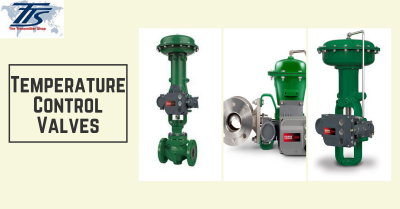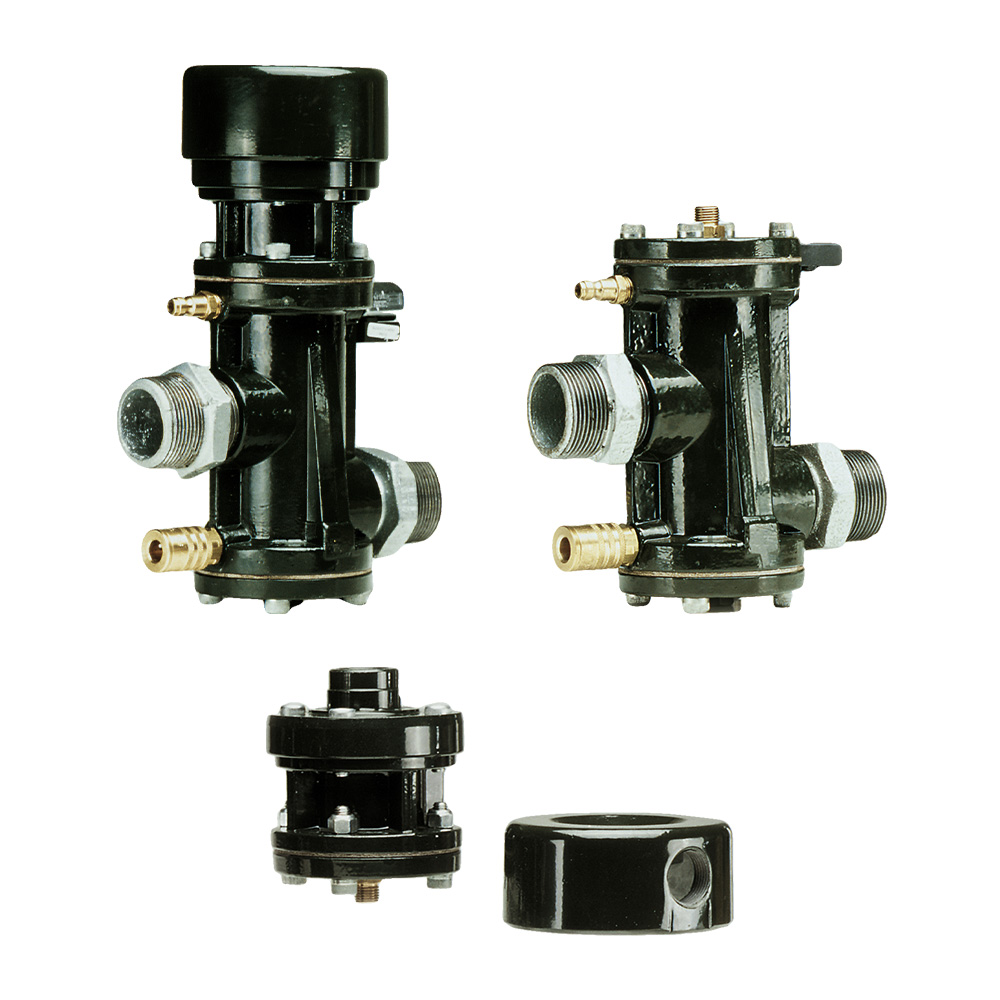Efficient Control Valves: Key Parts for Effective System Monitoring
Efficient Control Valves: Key Parts for Effective System Monitoring
Blog Article
Achieve Seamless Assimilation and Control With Quality Structure Automation Controls
In the world of contemporary structure management, the importance of quality structure automation controls can not be overemphasized. As modern technology remains to breakthrough, the integration and control of numerous systems within a structure have developed to be much more effective and innovative. The smooth operation and monitoring of illumination, HEATING AND COOLING, protection, and various other building features have actually become vital for improving passenger comfort, energy effectiveness, and total operational performance. The journey in the direction of achieving real combination and control is a diverse one, with factors to consider varying from system compatibility to cybersecurity. Accepting high quality building automation controls is not just an issue of convenience but a tactical critical for organizations intending to optimize their centers' efficiency and sustainability.

Evolution of Building Automation Controls
Throughout the previous few decades, the advancement of constructing automation controls has actually significantly transformed the method buildings are managed and run. At first, developing automation systems largely concentrated on basic features such as regulating home heating, air flow, and air conditioning (HEATING AND COOLING) systems. As innovation advanced, these controls have actually ended up being more innovative, enabling for a larger range of structure systems to be integrated and managed centrally.
The advancement of constructing automation controls has actually seen a change in the direction of more smart systems that can adjust to altering problems in real-time. This adaptability is vital for enhancing power effectiveness and making sure occupant comfort. Additionally, modern building automation controls currently supply attributes such as anticipating upkeep, remote monitoring, and information analytics, allowing center managers to make data-driven choices to boost building efficiency.

Advantages of Top Quality Assimilation
The advancement in structure automation controls in the direction of even more smart systems has emphasized the substantial advantages of quality assimilation in optimizing structure operations and enhancing total efficiency. Quality integration of developing automation controls uses several vital advantages. Firstly, it brings about improved energy effectiveness by enabling different systems to interact effortlessly, making sure ideal efficiency and minimizing power wastage. Secondly, quality integration enhances resident comfort and efficiency by enabling customized control over environmental settings like lighting, temperature, and air quality. This modification can result in a more comfortable and conducive working or living atmosphere. In addition, quality combination streamlines maintenance and fixing procedures, as all systems are interconnected and can be kept an eye on and managed from a central interface. This centralized control likewise offers better visibility and insights into building efficiency, making it possible for positive upkeep and optimization strategies. In general, the advantages of quality combination in structure automation controls are obvious, offering boosted efficiency, convenience, and functional effectiveness.
Boosted User Experience and Availability
Enhancing user interaction with building automation controls via intuitive layout and improved ease of access boosts the general experience for occupants and center managers alike. By concentrating on customer experience, developing automation systems can end up being more efficient and straightforward. User-friendly user interfaces, clear navigation, and adjustable settings encourage users to communicate with the controls quickly and effectively.
Accessibility attributes play an important duty in guaranteeing that all people, including those with specials needs, can utilize the structure automation controls effortlessly. Including features such as voice commands, responsive buttons, Read Full Report and color-contrasted screens can enhance access and make the controls more inclusive.
Furthermore, boosted user experience results in higher customer satisfaction, enhanced efficiency, and better decision-making. Residents can readjust ecological settings according to their preferences, while center managers can efficiently handle and keep an eye on structure systems - control valves. In general, focusing on user experience and accessibility in building automation manages adds to a more productive and seamless structure environment for all stakeholders involved
Sustainable Practices With Automation

In addition, automation can promote the integration of renewable resource sources such as photovoltaic panels or wind turbines into structure operations. By automatically adjusting power use based upon the availability of sustainable energy, buildings can additionally lower their reliance on non-renewable resources. This seamless assimilation of lasting methods not just profits the setting however additionally enhances the general functional performance and cost-effectiveness of the structure. Via automation, buildings can straighten with contemporary sustainability objectives and add to a greener future.
Future Trends in Structure Control Systems
One popular trend forming the future of structure control systems is the raised combination of Artificial Intelligence (AI) and maker knowing. In addition, the Internet of Things (IoT) is changing structure control systems by connecting gadgets and sensing units to simplify operations and improve efficiency.
An additional essential pattern is the emphasis on cybersecurity procedures to secure against prospective risks to developing automation moved here systems. As buildings become much more interconnected, guaranteeing durable cybersecurity methods will be vital to safeguard delicate information and prevent unauthorized accessibility.
Furthermore, the shift towards cloud-based platforms is gaining energy, permitting for centralized control and remote access to building systems. This promotes simpler tracking, upkeep, and updates, improving the total performance and versatility of building control systems. As modern technology continues to breakthrough, these patterns are expected to shape the future landscape of structure automation controls, driving innovation and sustainability in the developed setting.
Conclusion
Future patterns in structure control systems are most likely to focus on more enhancing automation abilities for boosted power efficiency and general performance. It is essential for building owners and drivers to focus on the adoption of top quality building automation manages to maximize structure procedures and achieve lasting sustainability objectives.
In the world of contemporary structure administration, the significance of top quality structure automation controls can not be overemphasized. On the whole, the advancement of structure automation controls proceeds to drive development in the structure management sector, using new possibilities for producing smarter and a lot more lasting structures.
The innovation in building automation manages towards even more smart systems has actually underscored the considerable advantages of quality assimilation in maximizing structure procedures and enhancing overall effectiveness. In general, focusing on individual experience and access in building automation manages adds to a more seamless and efficient building setting for all stakeholders entailed.
It is crucial for structure owners and operators to prioritize the fostering of quality structure automation manages to enhance structure operations and achieve lasting sustainability goals. - control valves
Report this page